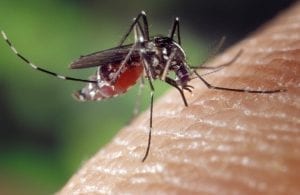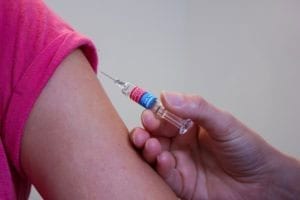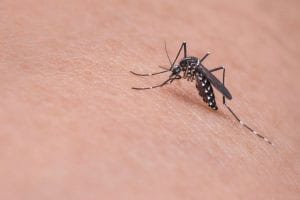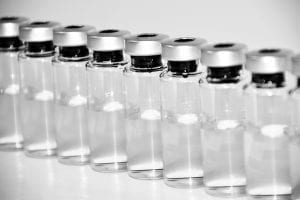Yellow Fever
What is yellow fever?
Yellow fever is a viral disease that is contracted from mosquitoes. It gets its name from the jaundice that occurs. This disease is prevalent in tropical areas within Africa and Central America.
What are the symptoms of yellow fever?
It will take three to six days for symptoms to appear after one is infected. In many, no symptoms will appear at all. If they do arise, they typically last for three or four days. Symptoms include:
- Fever
- Muscle pain
- Aches in the back
- Nausea
- Vomiting
- Loss of appetite
- Headache
A very low number of those affected experience severe symptoms about one day after their initial symptoms disappear. A high fever, liver and kidney problems, and jaundice will occur. Abdominal pain, vomiting, dark urine, and bleeding from the eyes, nose, mouth, and stomach may be effects as well. This period of intense symptoms is fatal for about half of those who experience it.
What causes yellow fever?
Mosquitoes are responsible for transmitting this disease, which is an arbovirus of the flavivirus genus.
How is yellow fever diagnosed?
A diagnosis is difficult to obtain due to the similarity of symptoms to other diseases, such as malaria and viral hepatitis. Polymerase chain reaction testing of the blood will detect this virus in its early stages, while ELISA and PRNT testing is needed to diagnose the disease in its later stages.
What are the treatments for yellow fever?
Once one has yellow fever, there is no cure, so treatment is symptomatic. The earlier the treatment occurs, the better chance there is for a full recovery.
Prevention is possible, as there is a highly effective vaccine. It is safe, administered in a single dose, and affordable. Destroying mosquito breeding sites and other methods of lowering the mosquito population also decrease the risk of contracting yellow fever.
Where can I find out more about yellow fever?
Yellow Fever Articles




-300x300.jpg)




